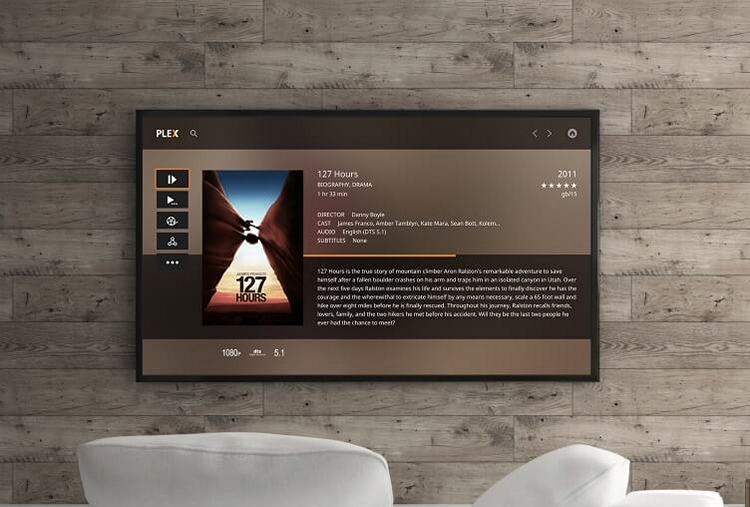


Add entertainment to a box that people are already buying and you’ve struck gold. And when Windows Media Center floundered in its effort to provide that, Xbox was seeing sales through the roof. The bottom line is that what the Redmond-based company really and truly wanted was a door into your living room. But, what really and truly sunk Media Center was the popularity of the Xbox. Set-top box makers failed to adopt, that’s also rather obvious. The company failed to keep up, that much is clear. What went wrong? It’s easy to point the finger at the development. But those few that were out there – the MyMovies of the world – boy they rocked. Plug-ins difficult to develop, and almost non-existent. Sure, it was never easy to run or maintain. Having once stashed a modified computer on a shelf of the home theater rack, I feel for those out there still clinging to this bit of Microsoft wizardry. It was an unsuitable and rather pathetic end to a program that once held the hope of greatness. With the introduction of Windows 8, the darling of the HTPC crowd was relegated to an afterthought, receiving zero updates, and worse, being left to dangle in the “Pro-only” version of the OS, and requiring an extra purchase beyond even that stipulation. Sure, there were gestures made now and again – creating an embedded version with the longshot hope that makers of set-top boxes would adopt it – but these were half-hearted, and I am kind in describing them thus. The company that gave birth to what would become a very niche, but fiercely loved, bit of software, didn’t believe enough in its own product to make it work.

And that’s really the underscore of all of this.


 0 kommentar(er)
0 kommentar(er)
